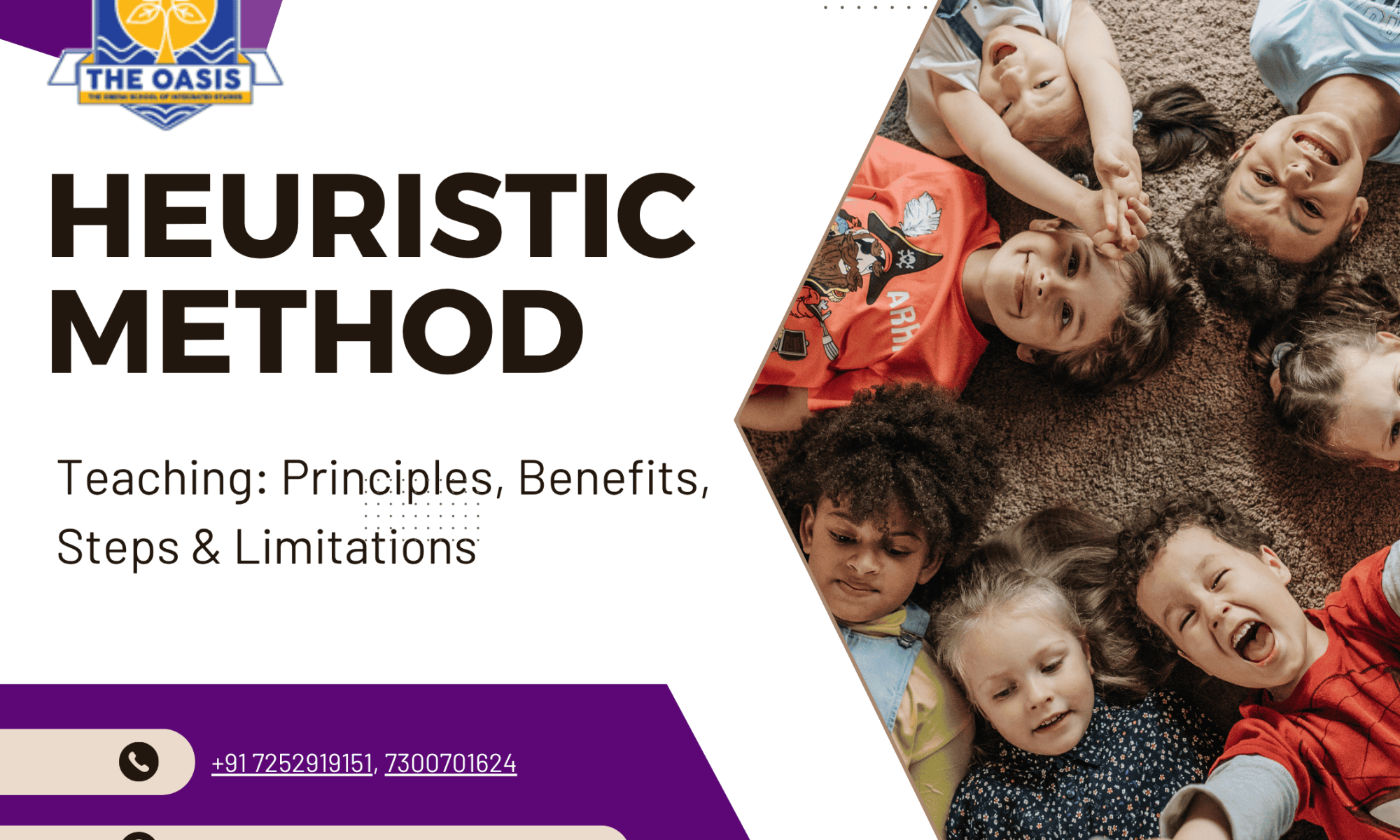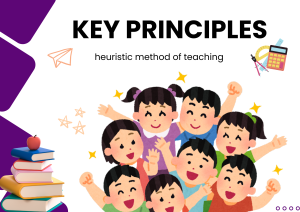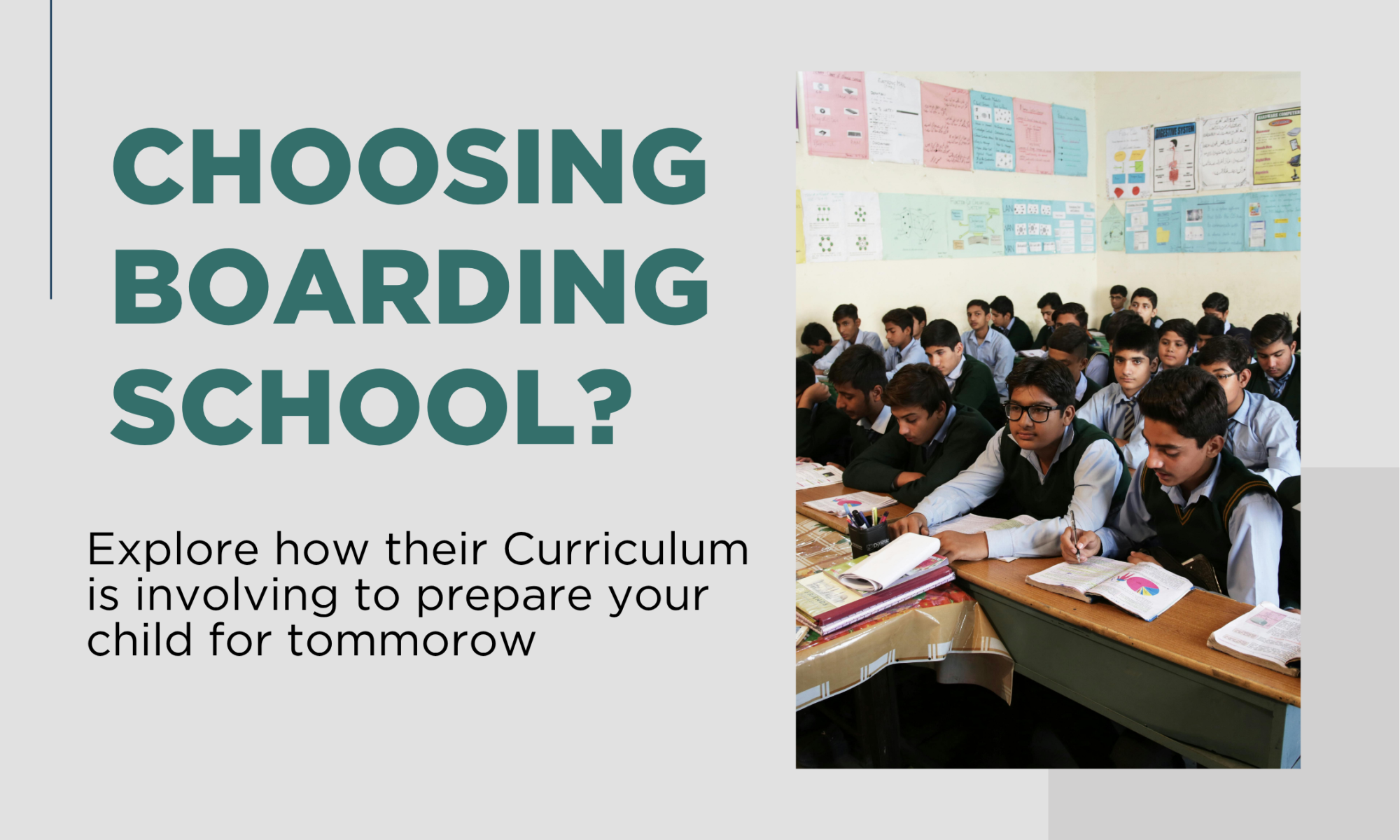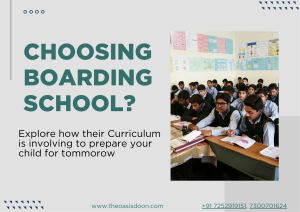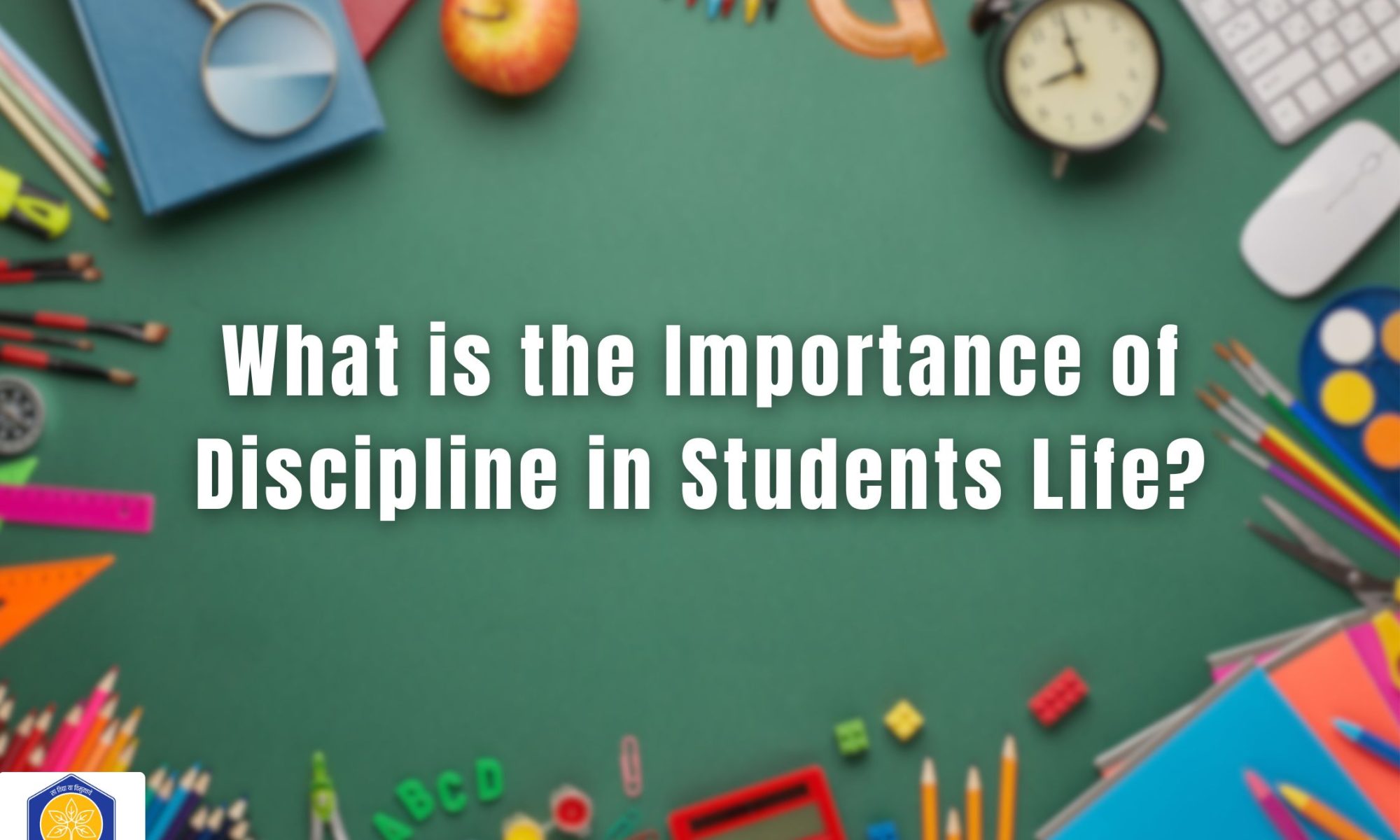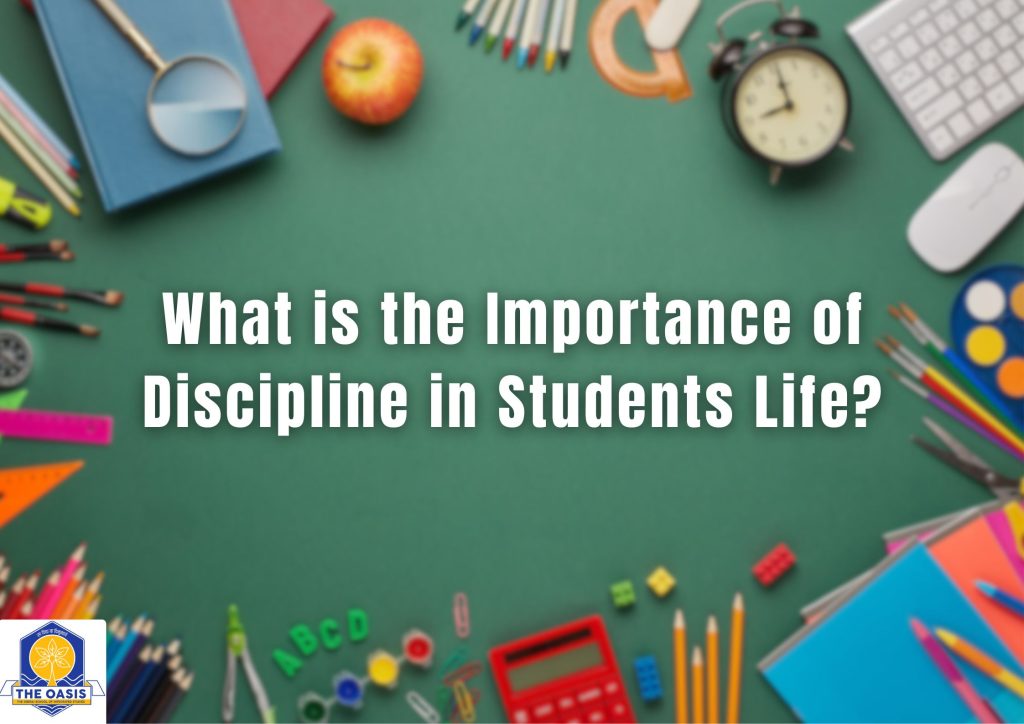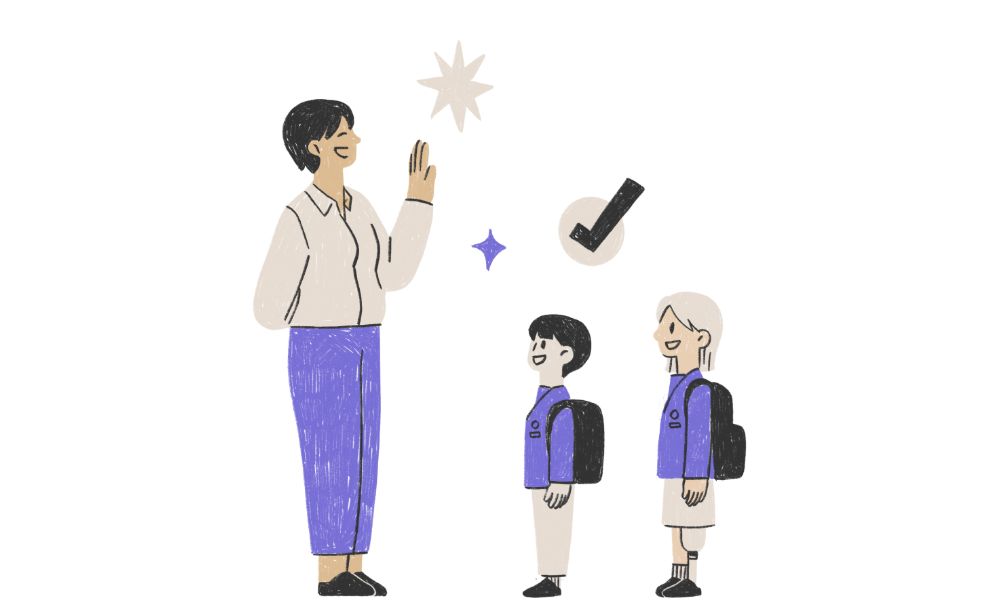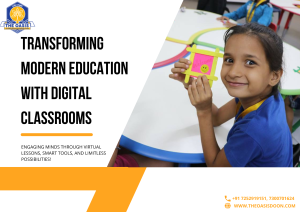
In the fast-changing world of today, the face of education is changing on a massive scale. One of the most dramatic changes is the emergence of Digital Classrooms. These technology-driven classrooms are revolutionizing the way students learn, interact with educators, and work together in groups. Whether in modern city schools or well-established boys boarding schools in India, classrooms are reshaping the learning journey, making it more interactive, inclusive, and future-focused. By seamlessly blending traditional values with modern innovation, these schools are equipping students with the skills and mindset needed to thrive in a connected world.
What Are Digital Classrooms?

A Digital Classroom is a tech-enabled room where students are taught using digital equipment like interactive whiteboards, tablets, educational software, learning management systems (LMS), and fast internet connections. In contrast with chalk-and-talk classrooms, classrooms use multimedia resources and web collaboration platforms to make learning more engaging and accessible.
Key Features
- Interactive Learning: Videos, animations, and simulations for concept understanding.
- Accessibility: Anytime, anywhere lessons and study material, giving flexibility.
- Real-time Feedback: Prompt grading and performance monitoring enable timely improvement.
- Collaboration Tools: Students interact through forums, shared documents, and video conferences.
- Personalized Education: Adaptive learning platforms provide tailored content based on student progress.
- Cloud Storage: Learning material access without physical constraints.
- Secure Learning Spaces: Restricted access to avoid distractions and cyber attacks.
The Role of Digital Classrooms in Contemporary Education

1. Increased Participation and Engagement
Digital classrooms encourage active participation using interactive tools. Gamified tests, surveys, and multimedia material assist in sustaining students’ focus and improving retention. It is particularly useful for students in boarding schools for boys in India, where digital tools support conventional learning practices and create a more participative academic climate.
2. Enhanced Access to Quality Resources
Online classrooms provide learners with access to a vast library of resources in addition to traditional textbooks. Online learning platforms such as YouTube EDU, National Digital Library, and TED-Ed offer useful content to facilitate various learning needs and styles.
3. Personalized Learning Experiences
With the help of AI and data analytics, classrooms are able to customize lesson plans to accommodate individual learning speeds and styles. Students having difficulty with some topics can be given extra help through customized modules or video lectures.
4. Frictionless Communication Between Teachers and Students
With messaging software, discussion forums, and video conferencing software, students have access to instructors for questions, debate, and consulting outside class time. This ongoing interaction enhances learning support and fosters more effective student-instructor relationships.
5. Real-Time Evaluation and Progress Monitoring
Teachers can assess students immediately with online tests and assignments. This aids in early detection of learning deficits and timely intervention, particularly in high-achieving schools such as boys’ boarding schools in India that emphasize academic success.
Management and research skills are all essential for lifelong achievement.
Digital Classrooms in Boarding Schools

Most of the elite boarding schools have adopted classrooms digitally in order to remain at the forefront of academic achievement. These schools blend old values with the latest technology and provide students with the finest of both worlds. Classrooms in many of these schools typically include:
- Smart boards and touchscreens are in each classroom.
- Interoperability with international e-learning platforms like Khan Academy, BYJU’S, and Coursera.
- Parent-teacher communication in real time through mobile apps.
- Digital attendance management, behavior management, and academic analytics.
- Special IT support and training classes to enable students and teachers to optimize the usage of digital resources.
This blend of tradition and technology prepares students with critical, creative, and digital thinking abilities—a necessity for success in today’s world.
Advantages of Digital Classrooms for Students and Parents

For Students:
Self-Paced Learning: Students can revisit taped lectures and revise ideas.
Skill Development: Exposing them to different platforms develops digital, analytical, and communication skills.
Global Exposure: Access to collaborate with peers and global experts.
Instant Access to Updates: Instant updates on assignments, deadlines, and announcements to students.
For Parents:
Transparency: Live monitoring of student grades and attendance.
Involvement: Simple interaction with teachers and constant academic feedback.
Convenience: Online meetings, performance dashboards, and e-report cards decrease physical visits.
Engagement: Access to student schedules and homework maximizes participation in their child’s education.
Challenges of Digital Classrooms and How Schools Are Addressing Them

1. Digital Divide
Not every student has equal access to laptops or the internet. Schools are overcoming this by:
Offering loaner laptops and tablets.
Providing subsidized or free internet plans.
Creating school-operated digital resource centers for disadvantaged students.
2. Screen Fatigue
Exposure to screens for long periods may result in fatigue, eye strain, and mental fatigue. Schools overcome this by:
Implementing mandatory screen breaks.
Integrating offline tasks such as reading, art, and outdoor tasks.
Employing eye-care technology and screen brightness control.
3. Cybersecurity Challenges
Digital platforms should maintain data privacy and safeguard students against online attacks. Solutions are:
Secure platforms with end-to-end encryption.
Cybersecurity awareness programs should be regularly displayed to students and staff.
Installation of firewalls and student monitoring software.
4. Teacher Training
A few teachers struggle to adjust to digital tools at first. Schools now:
Regular teacher training sessions.
Deployed dedicated IT support teams.
Encourage peer mentoring among faculty.
5. Content Overload
The availability of vast content can overwhelm students. Classrooms are structured with curated curricula and filtered resources to avoid confusion and enhance focus.
The Future of Education with Digital Classrooms
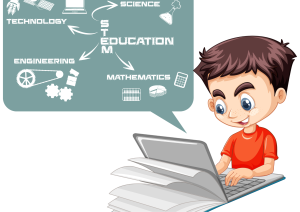
The future of learning is inescapably digital. With technologies such as augmented reality (AR), virtual reality (VR), artificial intelligence (AI), and machine learning advancing, classrooms are getting more immersive and smarter. Here’s what the future decade might hold:
- AI Tutors: AI assistants and chatbots for instant doubt clearing.
- VR Labs and Virtual Tours: Interactive simulations for science, history, and geography.
- Gamified Learning: Game-based units to make learning complex subjects enjoyable and memorable.
- Blockchain Technology: Secure and transparent records of academic attainment.
- Multilingual Education Tools: Real-time translation tools for learning inclusively.
Final Thoughts
Digital Classrooms are no longer an indulgence but a necessity in the educational landscape of today. They offer customized, interactive, and accessible learning experiences to students from diverse backgrounds, including boarding schools in India. To parents, they present improved transparency, engagement, and confidence that their child’s education keeps pace with contemporary requirements. In the future, adopting classrooms digitally will be most important to building future-ready learners and a more robust and progressive educational system.
Frequently Asked Questions
1. What is a digital classroom?
A digital classroom is a learning room equipped with facilities such as smartboards, tablets, and web-based platforms to improve education.
2. How are digital classrooms helpful for students?
They provide individualized learning, improved interaction, international exposure, and access to plenty of resources.
3. What are the challenges of digital classrooms?
The challenges are the digital divide, screen fatigue, content overload, and cybersecurity risks, which are being mitigated by organized solutions.
4. How do parents remain engaged in a digital classroom environment?
Parents can monitor student performance using apps, take part in virtual meetings, get instant updates, and directly speak with teachers.

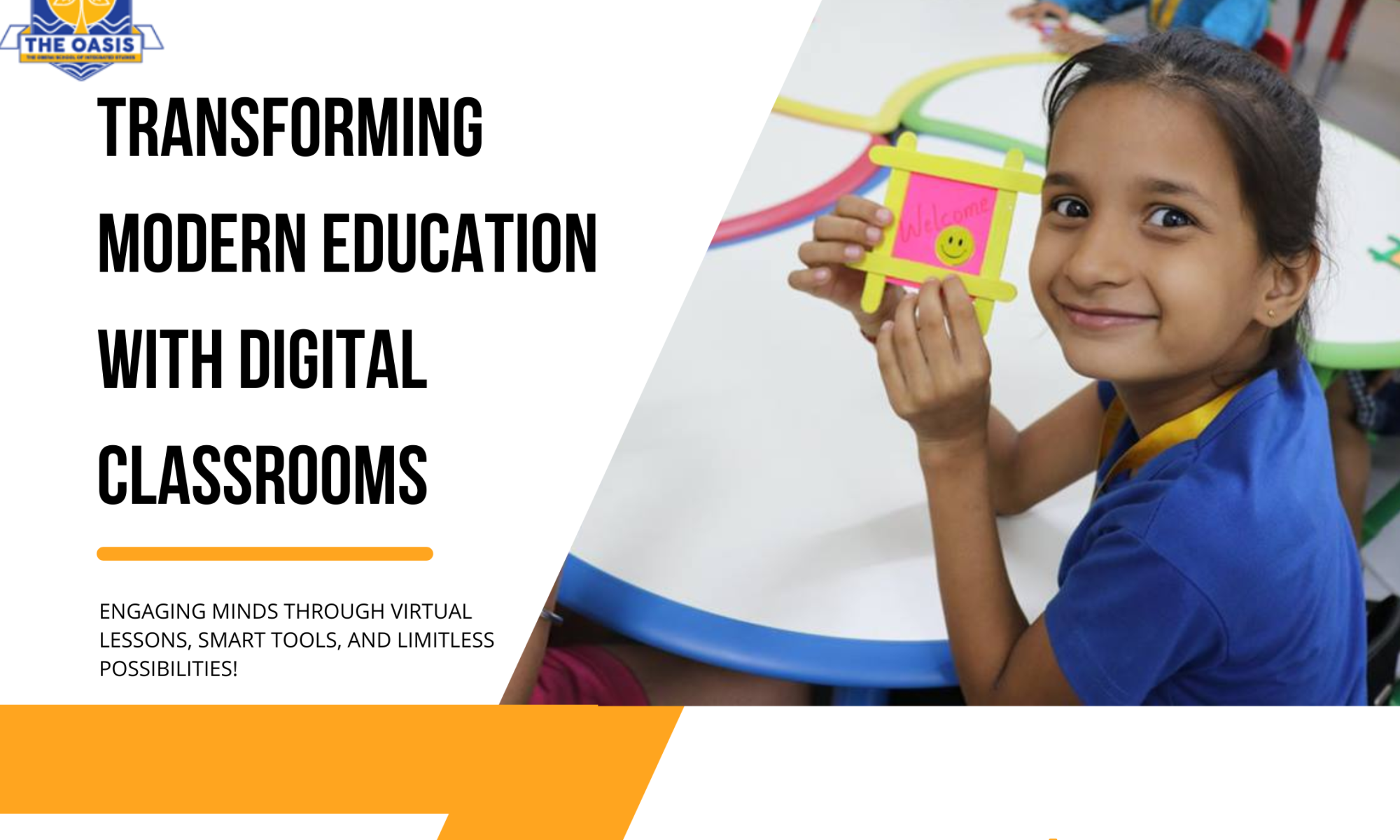
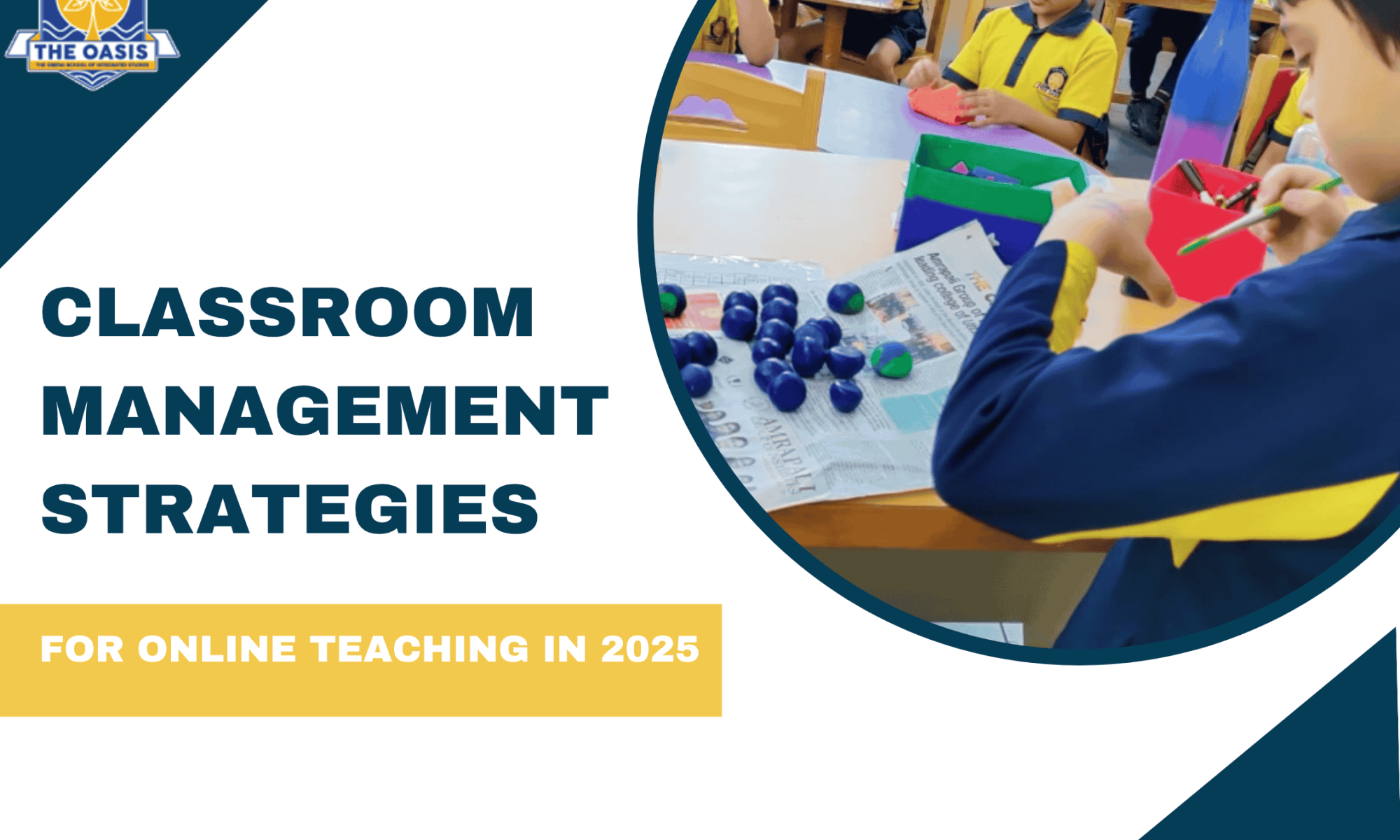
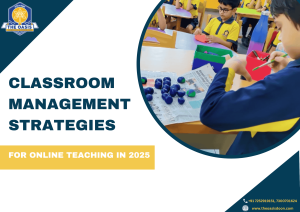







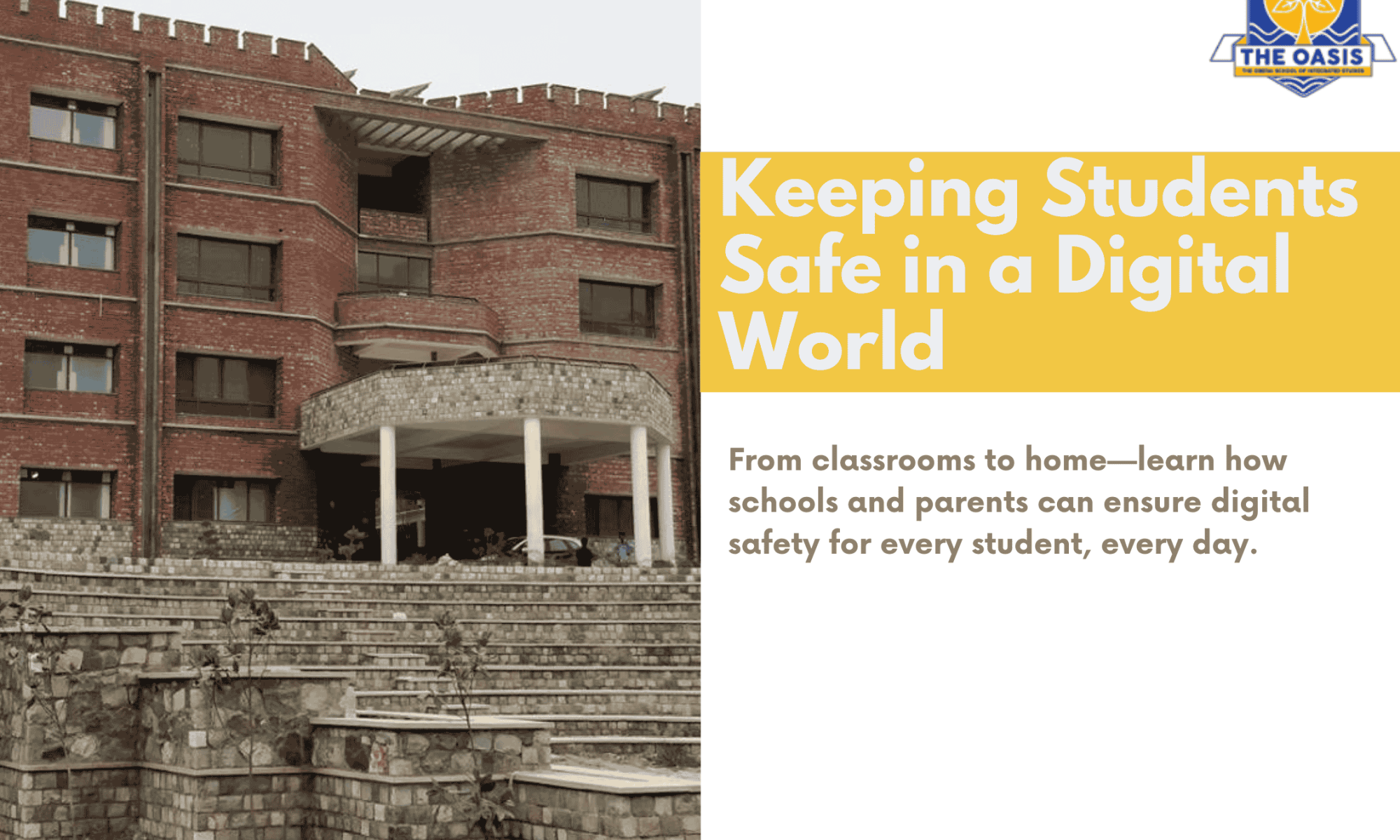
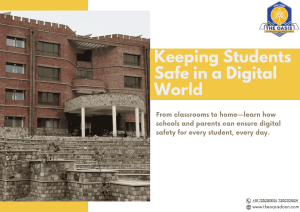
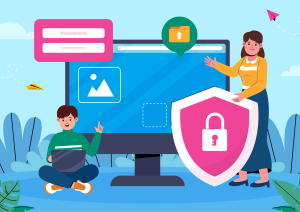

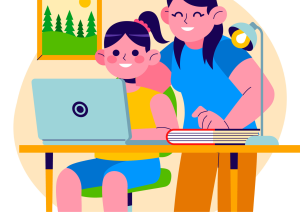
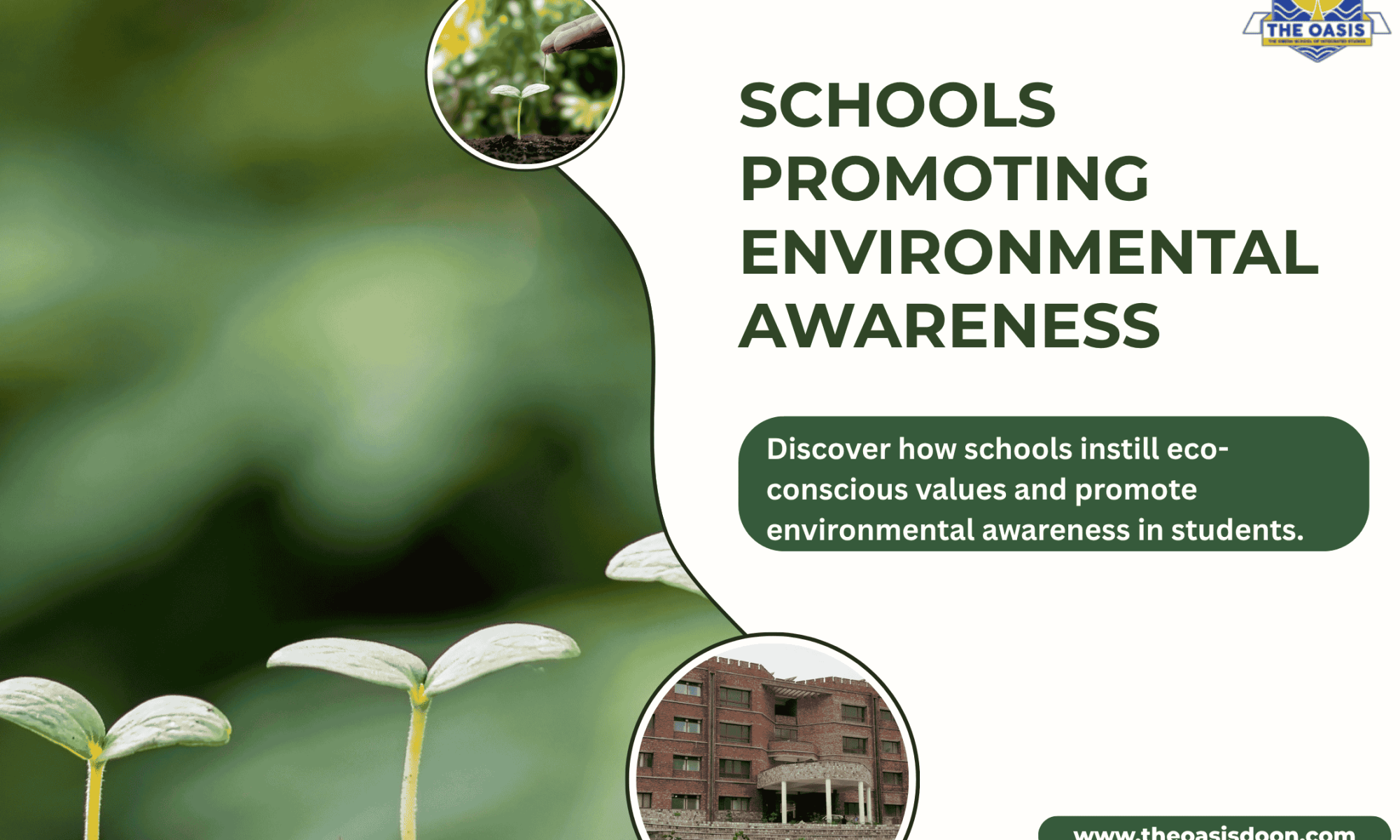
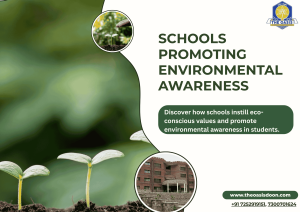



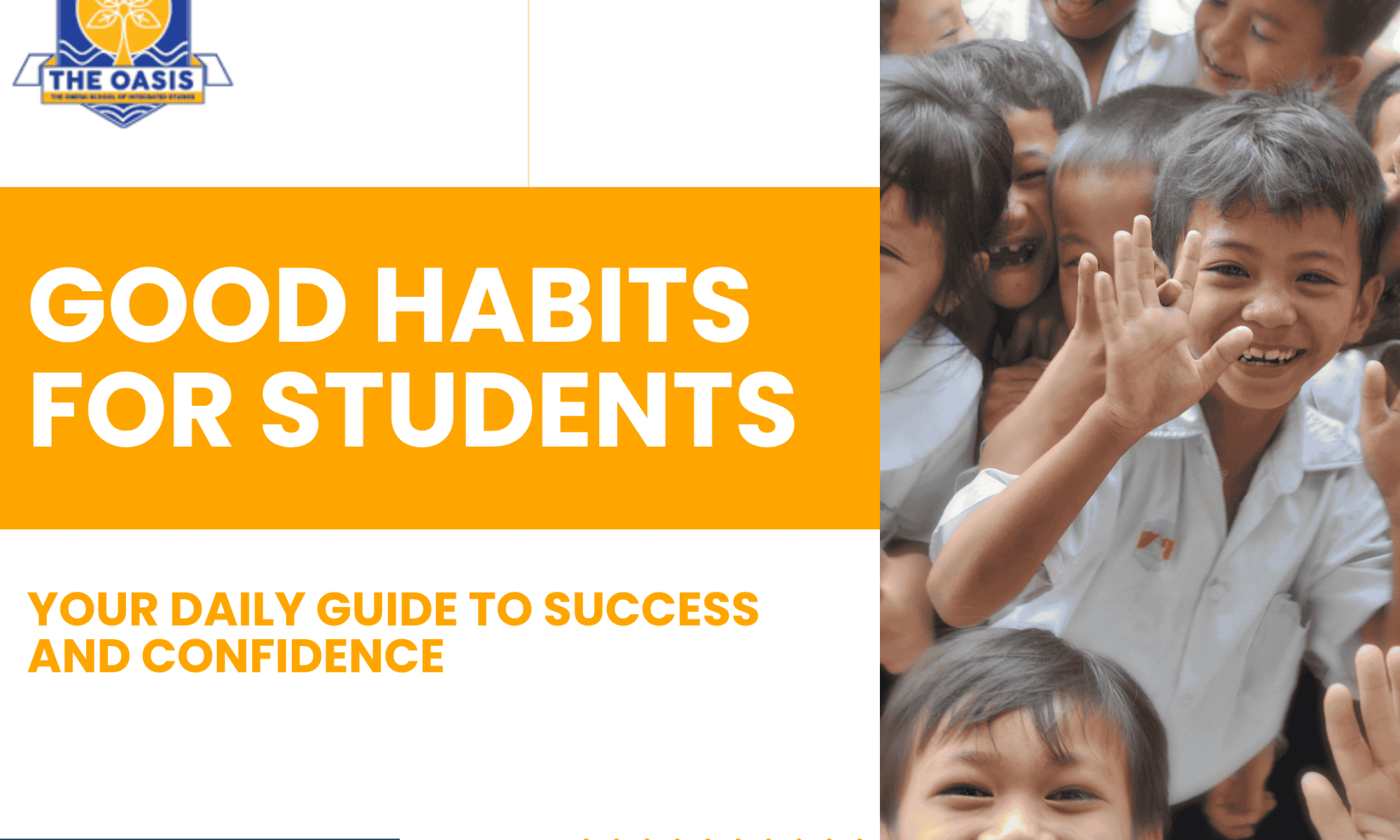
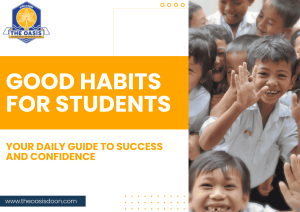

 1.Wake Up at a Consistent Time
1.Wake Up at a Consistent Time
 1.Apply the Pomodoro Technique
1.Apply the Pomodoro Technique
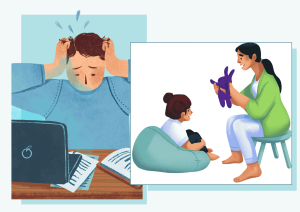 1 .Sleep for 7–9 Hours Each Night
1 .Sleep for 7–9 Hours Each Night
